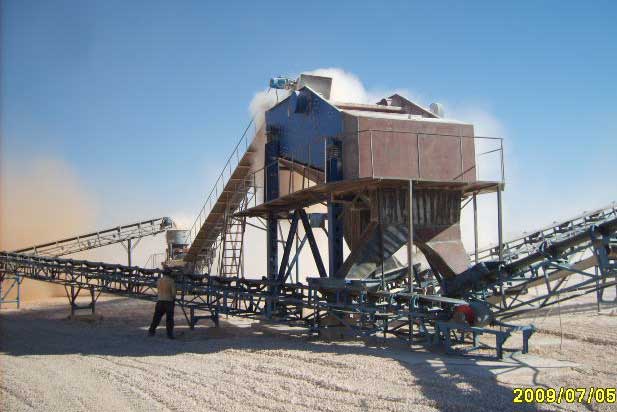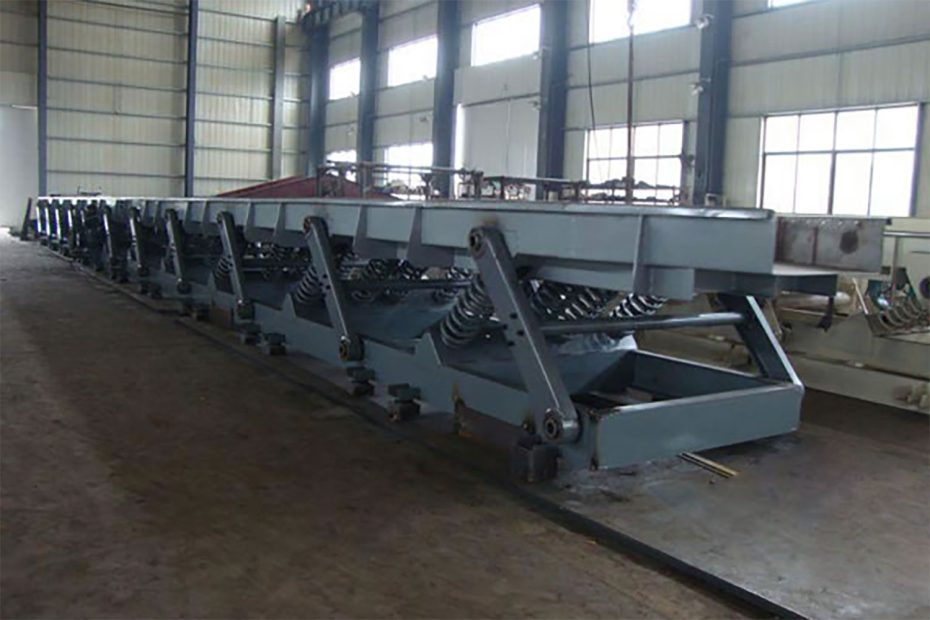Vibrating conveyors are widely used in industrial applications for efficient material handling. While these conveyors offer many advantages, one aspect that needs to be carefully considered is the noise generated during operation. Excessive noise can affect worker safety, comfort, and overall workplace environment.
Noise Levels of Vibrating Conveyors
Vibrating conveyors can produce varying levels of noise depending on several factors. The noise levels are typically measured in decibels (dB). It is important to assess and understand the noise levels to identify potential issues and implement appropriate noise control measures. Typical noise levels of vibrating conveyors can range from 70 dB to 90 dB or higher, depending on the specific conveyor design, operating conditions, and surrounding environment.
Factors Influencing Noise Generation
Several factors contribute to the noise generated by vibrating conveyors. Understanding these factors can help in designing quieter conveyor systems. Some key factors include:a. Vibration Intensity: The amplitude and frequency of vibration play a significant role in noise generation. Higher vibration intensities can result in increased noise levels. Designing the conveyor with optimal vibration parameters can help minimize noise.b. Conveyor Design: The design of the conveyor structure, trough, and support systems can influence noise generation. Resonance, inadequate damping, or poor isolation can amplify vibrations and subsequently increase noise levels. Proper design considerations and structural modifications can help reduce noise.c. Material Characteristics: The characteristics of the conveyed material, such as size, shape, and flowability, can impact noise levels. Abrasive or irregular materials may create additional noise due to increased friction and impact within the conveyor system.d. Drive System: The type of drive system used, such as electric motors or pneumatic drives, can affect noise levels. Proper selection and maintenance of the drive system components can help minimize noise emissions.
Mitigation Strategies
Reducing noise levels in vibrating conveyors requires a combination of design modifications and noise control measures. Here are some effective strategies:a. Design Optimization: Incorporate vibration damping materials, such as rubber or elastomer linings, in the conveyor structure to absorb vibrations and reduce noise transmission. Additionally, optimizing the conveyor’s resonance characteristics and using isolation mounts can help minimize noise generation.b. Maintenance and Lubrication: Regular maintenance, including proper lubrication of bearings and moving parts, can reduce friction and noise levels. Well-maintained equipment operates more smoothly and quietly.c. Noise Barriers and Enclosures: Install noise barriers and enclosures around the vibrating conveyor to contain and reduce noise propagation. These can be made of sound-absorbing materials or acoustic panels to absorb and dampen noise.d. Vibration Isolation: Implement vibration isolation mounts or pads between the conveyor system and surrounding structures to minimize noise transmission. Isolating the conveyor from the supporting structure can significantly reduce noise levels.e. Operator Protection: Provide hearing protection equipment, such as earplugs or earmuffs, to the operators working in the vicinity of the vibrating conveyor. This ensures their safety and helps mitigate the impact of noise exposure.

Conclusion
Noise levels associated with vibrating conveyors can vary depending on various factors such as vibration intensity, conveyor design, material characteristics, and drive systems. To create a quieter working environment, it is important to understand these factors and implement effective mitigation strategies. By optimizing the conveyor design, incorporating vibration damping materials, using noise barriers and enclosures, and ensuring proper maintenance and operator protection, the noise levels of vibrating conveyors can be significantly reduced. A quieter working environment not only improves employee well-being but also enhances overall productivity and efficiency.
